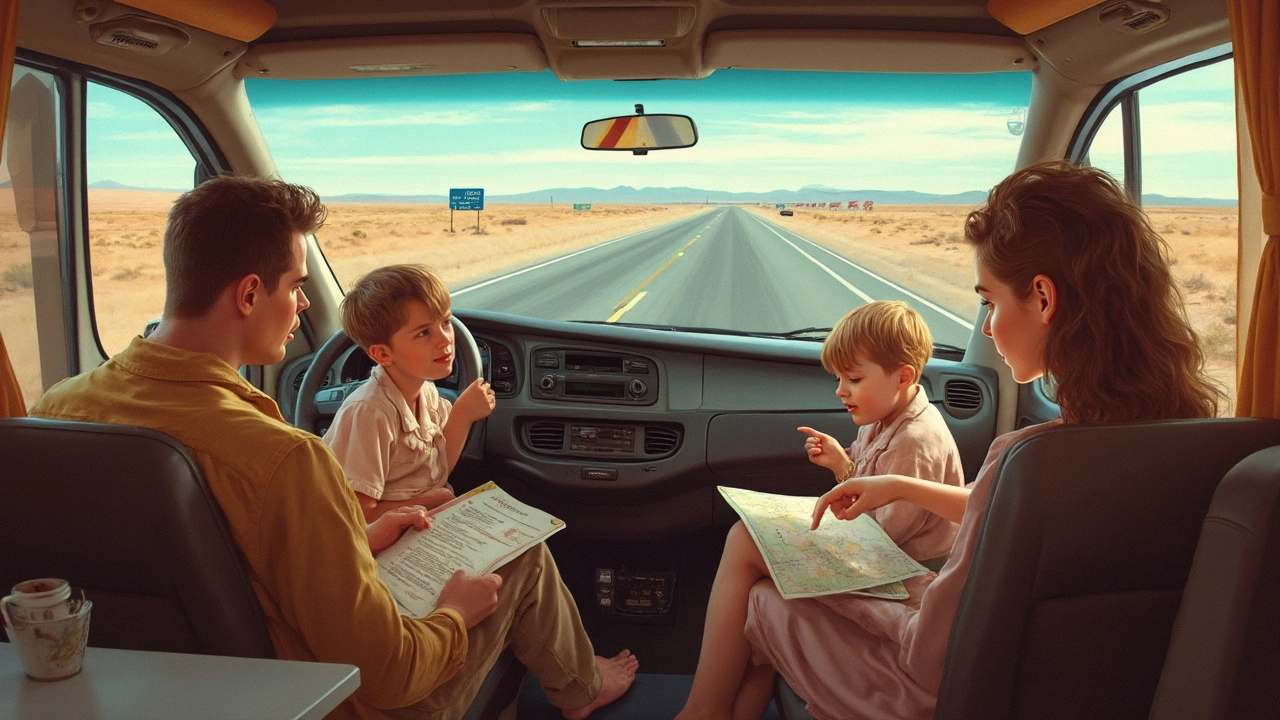Sleep in Motorhome: How to Rest Comfortably on the Road
Finding a good night’s sleep in a motorhome can be a game‑changer for any road adventure. It isn’t just about pulling over and closing the curtains – the spot you choose, how you set up your bed, and a few safety habits all add up. Below are straightforward steps you can follow right now to make every night feel like a proper rest, not a restless night in a moving box.
Pick a Safe, Level Spot
First thing’s first: park on level ground. A slight tilt can make you slide off the mattress, and it puts extra strain on the chassis. Look for designated motorhome bays, caravan parks, or approved wild‑camping sites that allow overnight stays. If you’re on a public car park, check the signs – many towns forbid sleeping in vehicles after certain hours. When you find a spot, engage the parking brake, turn off the engine, and if your motorhome has stabilisers, drop them. A stable base keeps the bed steady and reduces noise from wheels moving under wind.
Set Up a Comfortable Bed
Most motorhomes come with a built‑in mattress, but adding a mattress topper can boost comfort by a few inches. A thin foam pad or a rolled‑up sleeping bag works well if you’re short on space. Keep the bedding clean – wash sheets regularly and store extra linens in a dry bag to avoid mildew. If you have a fan or portable heater, use it to keep the temperature steady; a cool room helps you fall asleep faster, while a gentle heat source stops the chill at night.
Ventilation matters. Crack a window or open a roof vent just enough to let fresh air flow without letting rain in. Many motorhomes have insect screens; keep them on to stop bugs from buzzing around while you’re trying to drift off.
Mind the Light and Noise
Darkness signals your body to produce melatonin, the sleep hormone. Use blackout curtains or a sleep mask if the interior lights stay on. For noise, a simple white‑noise app on your phone or a small fan can mask outside sounds like traffic or wind.
If you’re parked near a busy road, park further away if possible, or use earplugs. The goal is a quiet, dark environment that tells your brain it’s time to shut down.
Stay Safe and Legal
Before you settle in, double‑check local rules. In England and Wales, wild camping in a motorhome is usually okay on private land with the owner’s permission, but many councils have bylaws against it. Scotland is more relaxed thanks to the Outdoor Access Code, yet you still need to respect private properties and avoid leaving waste.
Keep a fire extinguisher nearby, especially if you’re using a portable heater. Make sure your gas bottles are turned off when you’re not using them, and never store flammable liquids inside the living area.
Basic Hygiene on the Road
A quick rinse before bed can improve sleep quality. Use a portable shower or a camp‑site shower, then dry off and change into fresh clothes. If you’re on the road without shower facilities, a wet wipe and a change of socks can still make a big difference.
Empty the waste tanks in the morning before you set off. This prevents odors and saves you a rush later on.
By following these simple steps – level parking, a comfy bed setup, good ventilation, and awareness of local rules – you’ll turn your motorhome into a moving bedroom that lets you wake up refreshed, ready for the next mile of adventure.
Can You Sleep in a Motorhome While Driving USA? The Real Rules and Risks
Ever wondered if you can catch some sleep in the back of a motorhome while it’s rolling down a US highway? This article unpacks the legal issues, safety dangers, and practical workarounds for road trippers thinking about napping on the move. You’ll get facts about state laws, insurance restrictions, and real-world tips from experienced travelers. Cut through the myth and get the info you actually need before your next big drive. Find out what’s legal, what’s smart, and what can land you in serious trouble.
